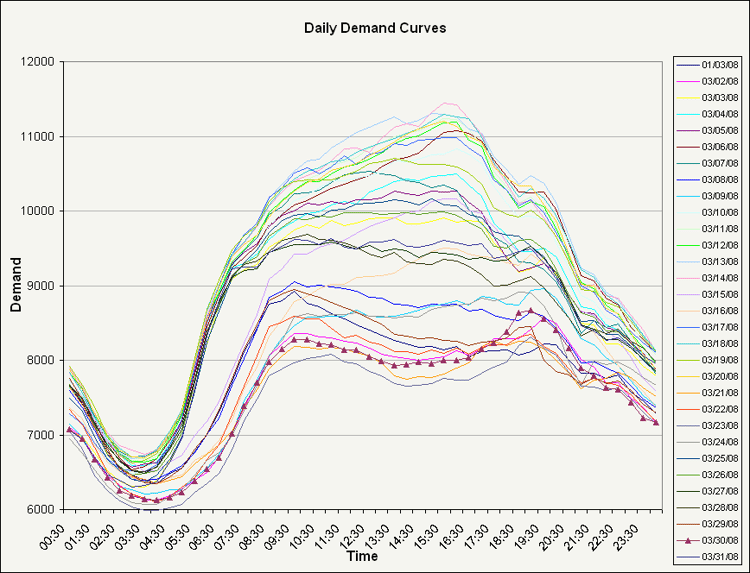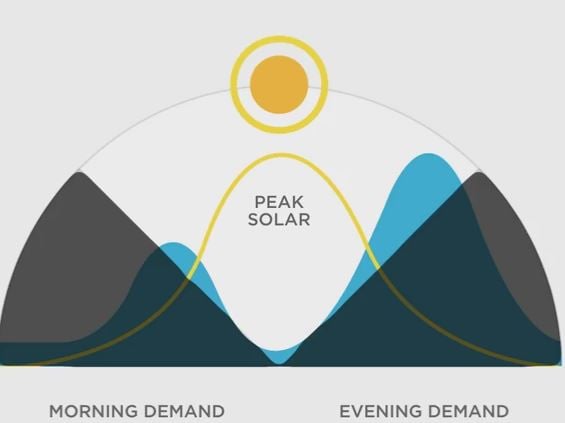Energy prices today have risen to an all-time high. With no end in sight to the climbing costs, companies are spending millions more on electricity for the same product output than they were several years ago. To get around this and save some money, commercial sectors have begun using an ingenious process: peak shaving.
Peak What?
Peak shaving is the process of reducing the amount of energy purchased from utility companies during peak hours when the charges are highest. It’s a technique that reduces electrical power consumption during periods of maximum demand on the power utility. Typically, peak demand charges are applied to electricity consumed between the hours of noon and 6pm. This rate mirrors electrical demand, which peaks during those same hours of the day.

How Does It Work?
Peak shaving systems use generators and paralleling equipment that are owned by the electricity consumer, rather than the utility. It allows for the consumers’ own devices to monitor, startup, and synchronize frequencies with the electric grid, helping the utility provide maximum base load power without starting up their own peaking generators (which are often very expensive to operate).
The consumer saves on their electricity bill by reducing peak demand while utilities reduce their operational costs. As an added benefit, the peak shaving equipment would be a backup source of power in the event of a grid outage.
For industrial and commercial customers, electricity prices are based on two elements: actual usage and a penalty based on the highest point of demand. Their bill breaks down into two major parts comprised of energy consumption and demand. Since these demand charges can be a large portion of the total bill, a facility participating in peak shaving can often experience net energy savings of 10 percent to 30 percent of their electricity bill!
Peak Shaving and Going Solar

An excellent compliment to peak shaving is going solar. During the exact hours when peak charges are highest, solar panels are producing most of their energy. Businesses can offset the highest costing electricity using solar-produced electricity and then only pay for the lower priced energy used during off-peak times.
Because there’s no prediction if the cost of electricity will keep rising or stay the same (and most people agree that the prices won’t be dropping any time soon), solar systems are long-term capital investments. With an average lifespan of 40 years or more, PV systems are a fixed price that protects companies from the variable cost of rising energy rates.
Interested in a solar system for your company or business? Give us a call at 407.331.9077 or contact us today. We’d love to help you start saving money and the environment!
